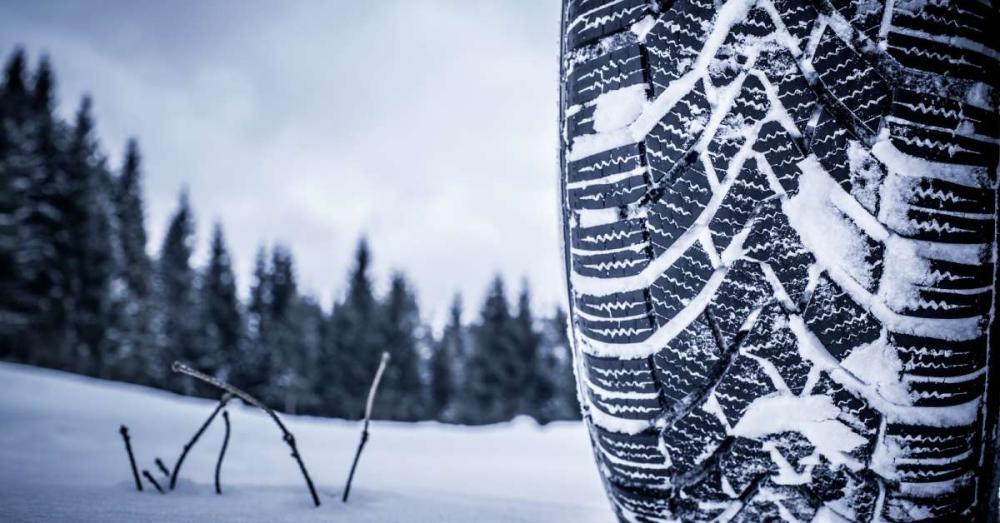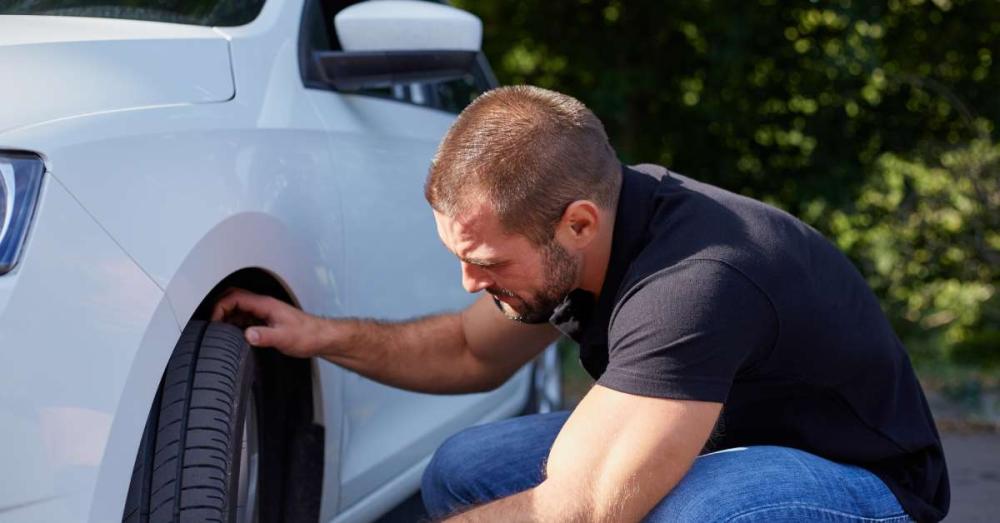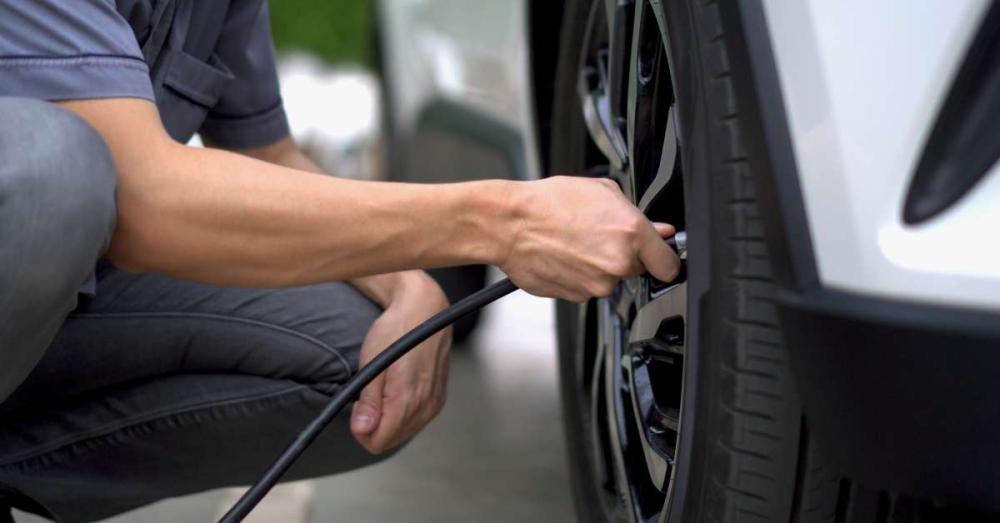
Even though we’re at the tail end of summer, you can never start too early in preparing your vehicle for the upcoming winter. In order to be safe on icy roads, you need to have a quality set of tires that will be able to maintain their grip. Read our guide on how to prepare your tires for cold weather to ensure your vehicle is ready for the coming months of freezing temperatures and hazardous road conditions.
Perform a Full Tire Inspection

The first thing you’ll need to do is perform a full visual inspection of your tires. Since pretty much all the wear and tear of tires occurs on the exterior, you’ll be able to see signs of issues at a glance. The main things to look for are a significant amount of tread depth left and any obstructions or cracks in your tires.
Tread depth will be easy to notice. Simply use the penny test to see if your tires are too dangerous to drive on. As for the obstructions and cracks, you’ll need to look a bit more closely. Large pieces of debris should be easy to spot and remove by hand or with the help of a flathead screwdriver. Just be careful when using sharp objects to pry out stuck objects since they could damage your tires.
Obstructions that will be more of a problem are nails and screws. If these are in your tires, you’ll probably want a professional to remove them. That way, they can give your tire a simple patch job instead of fully needing to replace it.
Cracks in your tire might be difficult to see. They tend to follow the grooves of your treads, meaning you’ll need to dig around to potentially find them. If you do find a crack, there might be no reason for alarm. Smaller cracks that aren’t very long or deep are usually fine to leave as is. You’ll just want to keep an eye on them throughout the winter to ensure they don’t get worse. Also, as a helpful tip, be sure to move your vehicle forward during this inspection to be able to check the underside of the tires.
Replace Tires If Needed
If you find any of the problems we’ve mentioned and they compromise the quality of your tire, you’ll need to consider getting a replacement. Tire issues aren’t something that you want to take lightly. Even if your tread depth isn’t too low or your cracks aren’t too big, you might still want to consider buying new car or truck tires before winter arrives. These problems will only get worse, and tires need proper traction in order to navigate snowy or icy roads.
Consider Buying Winter Tires
Something to note is that even if your current tires are fine, there still might be reason to look into buying new ones. This is because having a set of winter-specific tires is a great idea to make sure you’re safe on the road for the upcoming season.
Winter tires offer much more grip in snowy and icy conditions. Much of this comes from specialized tread depth and patterns, but some winter tires have special features such as hardening rubber and metal studs. While some of these features might be overkill for the snow and ice you deal with in your area, they’re worth looking into nonetheless.
Regardless of the type you choose, winter tires will help keep you safer while driving in dicey conditions. Plus, if you switch to winter tires every season, you’ll actually be able to help your normal tires last much longer since they’ll get a break once a year. For some people, this makes the increased upfront cost of buying a second set of tires much more palatable.
If you can’t bring yourself to buy winter-specific tires, you should at least consider looking into tire chains. These won’t be necessary for all winter drivers, but if you live in areas with hilly roads or that receive heavy amounts of snow, these might be a worthwhile investment. Plus, if you decide to buy them, you won’t need to put them on right away—only when the weather calls for them. However, buying them in advance is a great way to ensure your tires are ready for the colder weather.
Refill Each of Your Tires

Whether you have to buy new tires or decide to stick with your old ones, one thing you’ll need to do to prepare as the temperature drops is refill the air in each of your tires. This is because colder air contracts, causing underinflated tires.
Fortunately, this is an easy fix. Most gas stations will have a place for you to refill your tires with air. Many modern ones will even be able to tell you what PSI each of your tires is at, so you won’t even need to have an air gauge to check yourself. Simply check the inside of your driver’s side door to see what PSI your tires should be at, and fill them until the machine tells you you’ve reached it.
Set Up a Tire Rotation Service
Other than refilling your tires, the final thing everyone should do before winter hits is a tire rotation. Most cars on the road are front-wheel drive, which means that their front two tires will be a bit more worn than the back two. A tire rotation moves the less worn tires to the front to provide better traction for the vehicle, which is why you should do this before you deal with icy roads.
However, like a tire refill, tire rotations aren’t something you can easily do on your own. You’ll need to take your vehicle to a mechanic for this service. Luckily, most places that do oil changes will give you a tire rotation as well for a small additional fee. If the place you go to doesn’t do this, or you’re not due for an oil change before the first snow of the season, you’ll need to set up a separate appointment to get this done. Once you do, you shouldn’t have anything to worry about as the coming winter season approaches.
As the temperature drops and winter approaches, ensure your tires are ready to handle the challenges of colder weather. By following these simple steps—checking your tire pressure, tread depth, and condition, and considering winter tires or tire chains—you can enhance your vehicle's safety and performance during the winter months. Remember, well-maintained tires are essential for a safe and comfortable driving experience in any season.


